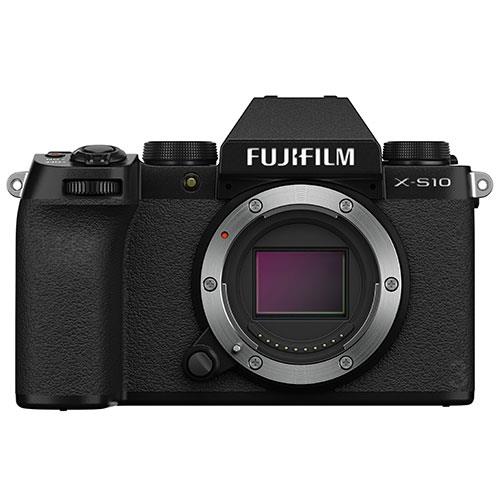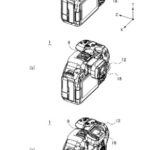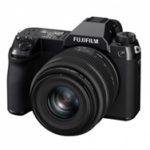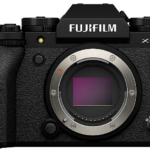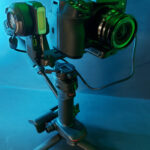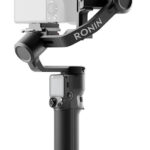I have managed to have a bit of a play with the Fujifilm X-S10 over the last few weeks which has been fun. I was originally sent the camera as I works with the DJI Ronin RS3 and of course my Canon 5DS does not.
There have been some issues there we are trying to address (which are not either of Fujifilm or DJI’s fault, just some logistical things we are trying to iron out) hence the field review of the RS3 has happened yet, so in the interim, I thought I’d just do a quick review of the X-S10.
I suspect Fujifilm are aiming this particular model fairly and squarely at the mid-priced cameras from the likes of Canon, Sony, Nikon etc who have held a strangle hold on this lucrative compact mirrorless market.
So, if you are looking at a new camera in that spectrum, should you also have a look at the X-S10?
Absolutely as there are some very nice features giving good reason to go down the Fujifilm path. Not the least of course is the simply brilliant Fujifilm lenses.
Even though this is classified as medium level camera, the body is full magnesium alloy and not plastic which is very welcome and something you usually only really get in higher end cameras. This will add to its durability for sure but bear in mind there is no weather sealing.
A major selling point is that this camera gets full In-Body Image Stabilisation (called IBIS by the boffins) and allegedly, those same boffins at Fujifilm developed this version especially for this model to miniaturise the full standard version to make it fit.
The IBIS will work with all the available lenses and gives up to 6 stops of stabilisation which is not too shabby indeed.
For framing up and playback, you get a fully articulated 3” touchscreen LED and an OLED viewfinder, and if you use the LCD, Fujifilm says you’ll get over 300 shots per battery charge. You can charge the battery via USB meaning if you carry a Powerbank and a spare battery, you should be able to shoot for quite extended periods of time.
One thing I don’t like (and not just here, in ANY camera) is that the single SD card slot is in the battery compartment on the base of the camera.
When shooting, you’ll get 30fps burst shooting with crop and 20fps without crop, and you can shoot 4K video at 30p complete with F-Log support.
Both Wi-Fi and Bluetooth are supported and there are headphone and external mic ports as well as a micro-HDMI and of course, USB-C port. A dongle comes supplied so that you use that for headphone monitoring if needed.
Ergonomically, I do like the extended grip area, it makes holding the camera feel more secure (Canon has done the same thing on the R10) and the majority of controls fall nicely to the fingers of the right hand. The exceptions are the drive, delete and playback buttons which are in the top left corner on the rear of the X-S10.
The top of the camera has the usual mode and Fn (function) dials and on the front of the hand grip thumbwheel command dial. All in all pretty straightforward fare meaning you don’t have to learn a whole new ergonomic control system to get up and running.
Sadly though, unlike on many Fujifilm cameras there is no front mounted Manual / Single Shot / Continuous button. This has to be selected from a menu on X-S10. As this was a fast way of clicking between Auto and Manual focus, this is a bit of a pain and I have no idea why Fujifilm took this route with this camera.
This is not intended to be an in-depth review as I have only been using this camera to date for a specific purpose as mentioned. If time permits, I will expand on this, however.
Suffice to say, if you are looking at a mirrorless camera in this range, the Fujifilm X-S10 more than holds it own again the more fancied competition and is definitely worth a look and a play in the shop if you can.
I suspect you’ll be pleasantly surprised.
The body alone sells for approx. AUD$1600 and it can be bought with a variety of lenses included from AUD$1700 (prices taken from this website)
If you want all the technical specs for the Fujifilm X-S10 you can get them here.

